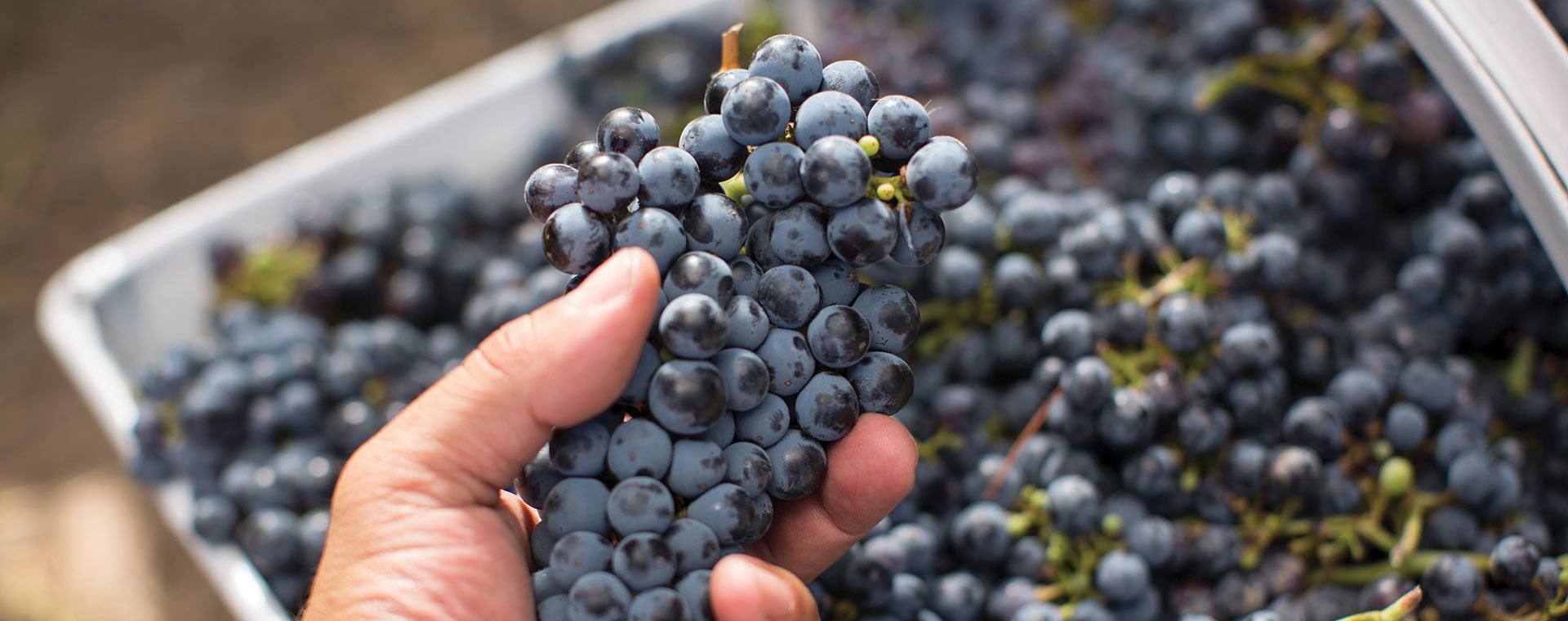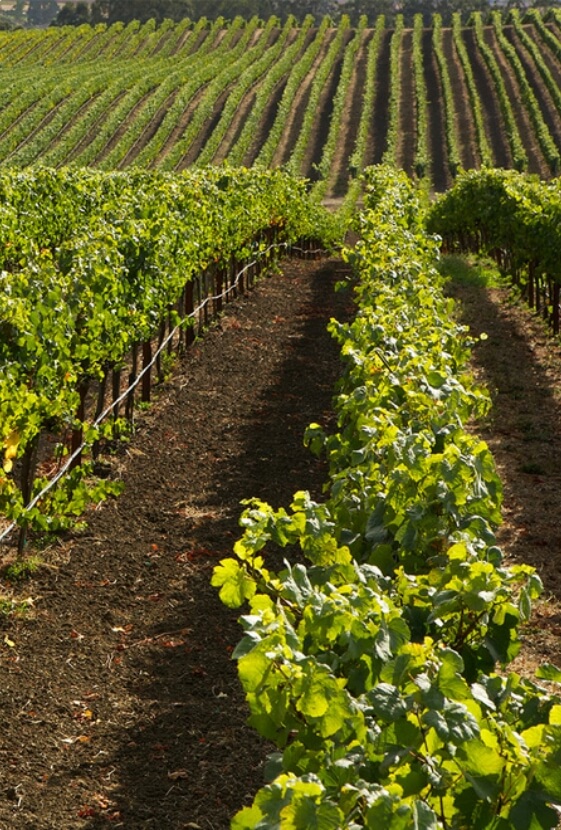
Grape Glossary
Though it has a distinctive profile, Chardonnay reflects other factors such as soil composition and vinification technique. In cooler climates with less winemaker intervention, examples can be very austere and mineral driven as opposed to fruit forward. Malolactic fermentation (where the tart malic acid is transformed into softer lactic acid) can make the wine rounder rather than lean. Bâtonnage, or periodically stirring the lees through the wine, as is common practice in California and Burgundy, increases complexity and creaminess of texture.
California’s loam soils and regular climate yield ripe, tropical fruit flavors, whereas the lean, mineral quality of Chablis is a reflection of the cool climate and austere, chalky soils. In the Côte d’Or’s chalky clay, the wines are more rounded and elegant than in Chablis, with structure, complexity and longevity.
Chardonnay is a reliable, hardy and prolific vine whose only real vulnerabilities are frost and uneven development of fruit. Excessive heat can jeopardize its acidity and it requires well drained soils. The vine ripens early and thrives in many soils and climates, from warmer locales in central California to northern France’s cooler regions: Champagne and Burgundy.
An original Pinot prototype and an obscure vine called Gouais Blanc are the parents of Chardonnay and 15 other French varieties, including Pinot Blanc and Pinot Noir.

